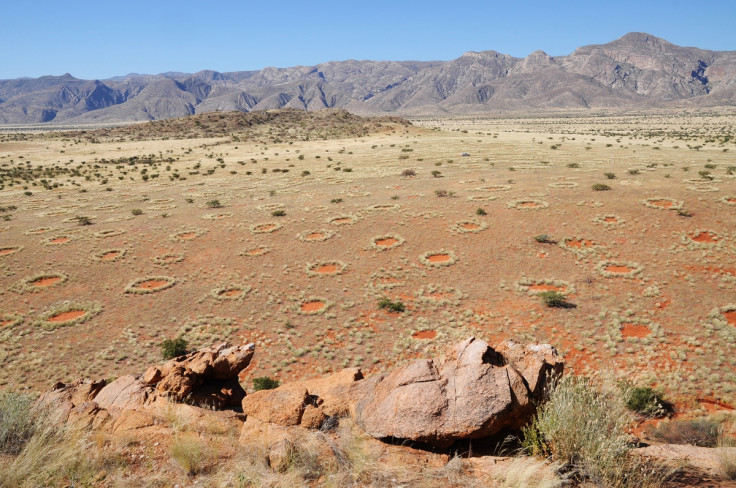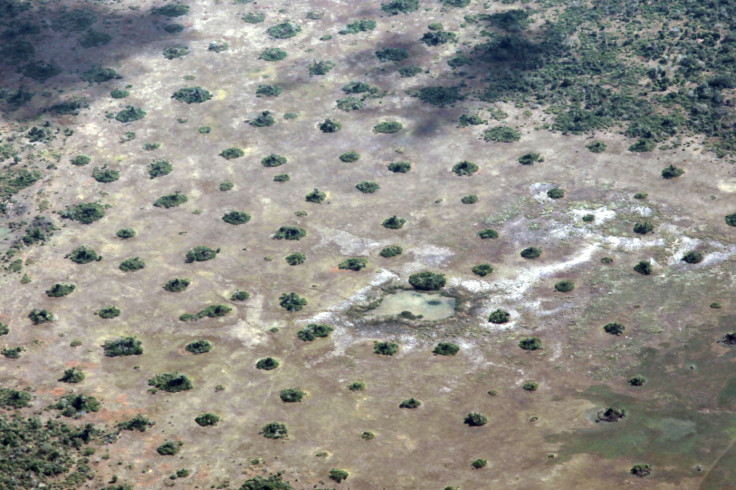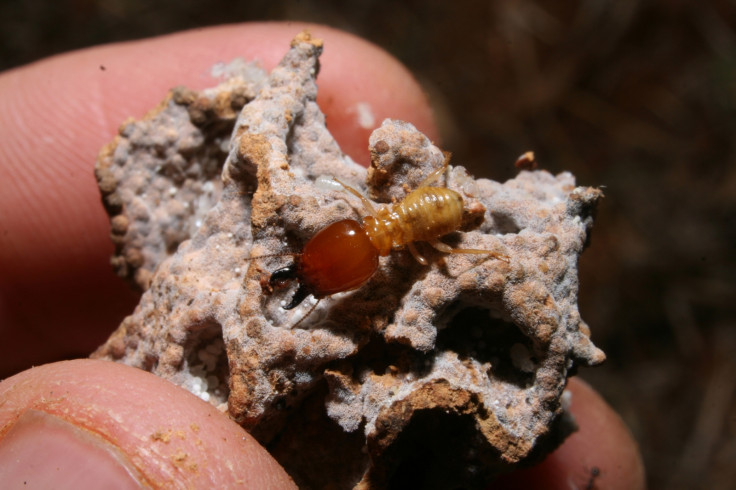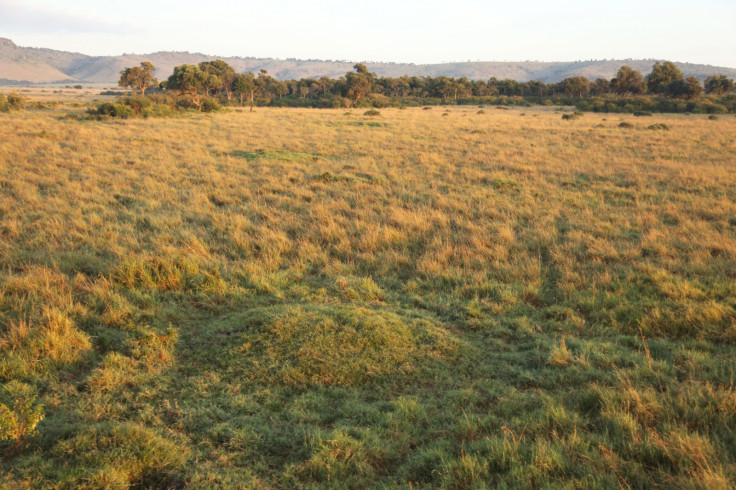Secrets of Namibia fairy circles unlocked with termite discovery
The mystery behind Namibia's fairy circles and mima mounds is slowly being unravelled with new research suggesting a combination of factors produce the strange formations.
A study published in the journal Science has found that termite mounds in arid and semi-arid areas help to stabilise the ecosystem and protect them from climate change.
They found the spotted patterns of vegetation do not signal a dryland's impending collapse, but instead create an oasis for plant life.
Researchers studied drylands with aerial photography to look at vegetation patterns that form naturally because of a lack of water, and which ones were created by termites.
Findings showed that the presence of termite mounds can represent robustness rather than vulnerability, while also helping to solve the mysteries of Namibia's 'fairy circles' and 'mima-like mounds' that appear across the globe.

Corresponding author Corina Tarnita, from Princeton University, told IBTimes UK that their study shows the ecosystems of drylands and how they cope with climate change is a far more complicated picture than once thought.
Where Namibia's fairy circles – patches of barren land encircled by a ring of grass – come from is a longstanding mystery. Circles vary in size, with some just a few metres in diameter, while others reach up to 20m.
Some experts say they are caused by termites, while others say it is a result of resource competition among plants and vegetation.
Following their study, researchers say the strange patterns could be a combination of both.
"A lot of people say termite mounds create patterns - because they influence the vegetation they create patterns in vegetation," Tarnita said.

"At the same time all these environments are water limited. So you should also observe self-organisation of vegetation because of the limited resource of water. When I started to work in Kenya we wondered if what if it's both.
"And this is exactly what we find. The termite mounds can create these large-scale vegetation patterns and the self-organisation in response to limited resources creates a small-scale pattern seen between the termite mounds. Basically we see the presence of both of these mechanisms can lead to these vegetation patterns on different scales." She also said termites also create their own patterns because they avoid getting too close to one another.
The study found that termite mounds make drylands more resilient by storing nutrients and moisture in the soil – the tunnels they dig churn up the land, the mounds are more absorbent and release nutrients from the dead vegetation they eat.

Findings have the potential to lead to a change in how scientists work out the effect of climate change on ecosystems.
Jef Huisman, a theoretical ecologist at the University of Amsterdam, who was not involved in the study, said: "This is an eye-opening study that says we really need to investigate these ecosystems in more detail and incorporate all these other mechanisms before we can say what will lead to a catastrophic collapse in ecosystem function. We should always be humble in our model predictions because nature can always be more complex than we initially anticipate."
Tarnita said the main finding from the study is that things are more complex than maybe we thought: "We shouldn't ignore these ecosystem engineers, they are doing really important engineering and are changing the environment quite dramatically.

"It's not saying we never have to worry as long as termites are there, it's saying look prior models predicted desertification may be wrong actually if we have things like termites and we should expand studies to include. Nature is always more complicated and we may find allies in things like termites that aren't necessarily very well protected.
"People are often destroy the mounds or destroy the mounds to make agriculture of the land – they spread the soil from the mound because it's so rich in nutrients, but this destroys the termites and is bad for the ecosystem."
She said they now plan to see if we can mimic the effect of termites on land by creating mound-like areas where nutrients can be deposited to see if these circular patterns emerge: "The models say we might but we don't really know," she added.
© Copyright IBTimes 2025. All rights reserved.






















